Smart Security Systems For Your Home
A comprehensive security system should be both easy to control and effective in deterring any would-be intruders. You can take an integrated approach to connect your security system with other home automation facilities, such as lighting.
These can all be controlled via tablet, smartphone or other mobile device, either by dialing into a network or simply sending a text message. Here are the main options when it comes to ensuring your house and its belongings remain unharmed.
Preventing break-ins with smart security
The first step to securing your home is to make sure it’s near enough impossible for any intruders to break into. Pairing up the various parts of your home automation system will allow you to be alerted about anything that could compromise the security of your home.
Windows can be fitted with vibration sensors. If one is accidentally left open, a message will appear on your smart device. This will let you know exactly which unit it is so that you can quickly resolve the potential risk.
If you have a smart lighting setup, you’ll probably have access to a holiday mode. Much like most standard timer switches, you can arrange for rooms to be illuminated at certain points in the day to make it look like someone’s home even if nobody’s in.
But unlike conventional solutions, smart lighting systems will automatically replicate your household lighting habits without you needing to go through the rigmarole of setting numerous timers.
Don’t just think about security in terms of the walls of your home; instead, extend the net all the way to the edge of your garden and driveway. Motion detectors can be programmed to sound an alarm and switch on external lights, while automatic gates can be opened and closed remotely via your smartphone or tablet.
Smart security cameras
Although you can use an audio entry system or even a standard telephone handset to control an integrated security system, many homeowners now choose to include a video entry and CCTV setup as standard.
Video entry systems enable you to see who’s at the front door simply by looking at your television screen, which can be tuned directly into the CCTV channel without the use of any additional hardware – appearing as a pop-up when activated.
But while viewing security cameras on a TV screen is handy, it’s even more useful to be able to control them online. Network cameras can be moved around at the touch of a button to focus in on different parts of the property. Audio and video footage starts to automatically record onto a large capacity hard disk drive as soon as its infra-red sensor detects movement.
What’s certain is that individual homeowners will have different priorities and particular requirements for their security system. So the first step is for you to speak to your local CEDIA member company for advice on an automation solution that’s tailored to your project, budget and lifestyle.
Case study: smart home with automated securityThis grade II listed former rectory is based in an area where petty crime is relatively high. CEDIA member, SMC was brought in to protect the property and its surroundings by installing CCTV and access control. The company also provided a high spec intruder alarm and entertainment systems. The CCTV setup consists of 43 cameras, which includes static, PTZ (pan-tilt-zoom) and dome units. The owners can view recordings on their smartphone or tablet, even when they aren’t at the house. Contact and vibration detectors are embedded in every accessible window and door and PIR motion detection is used throughout the property as both perimeter and trap protection. Access to the main driveway is controlled with automated gates and the cameras track any vehicle entering the estate as it approaches the property.  |
Matt Nimmons is managing director at CEDIA, an international trade organisation dedicated to advancing the home technology industry. From designers and manufacturers to integrators, CEDIA members gain access to high-quality training and certification, which ultimately goes into your project. Visit www.cedia.org for more information and to find professionals in your area.

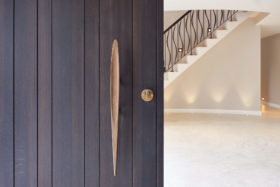


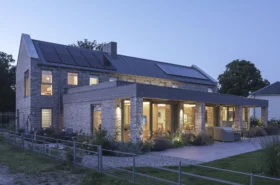





















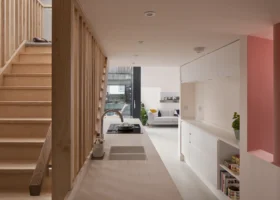


















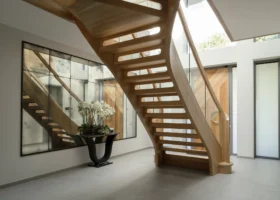


















































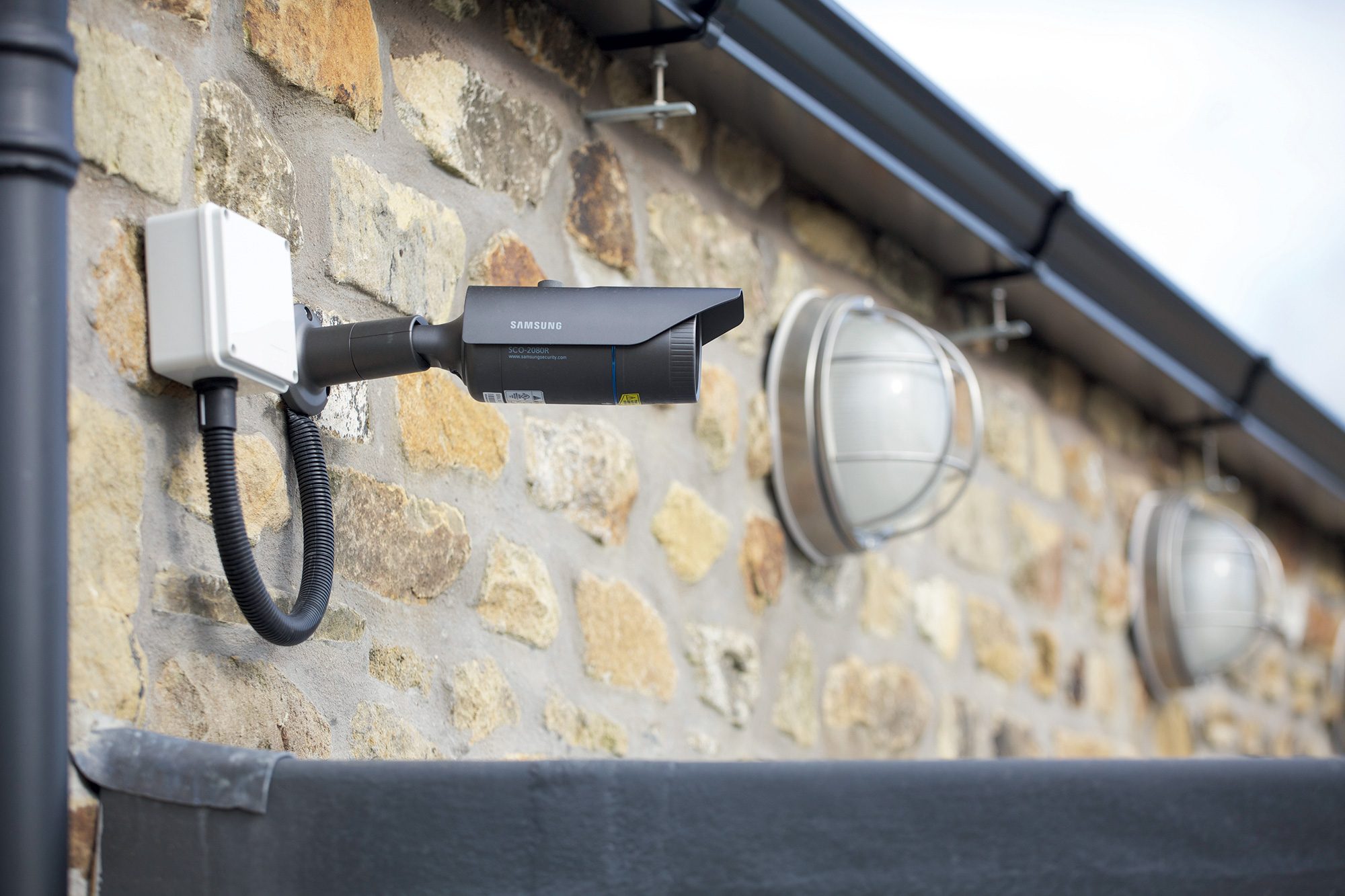
 Login/register to save Article for later
Login/register to save Article for later



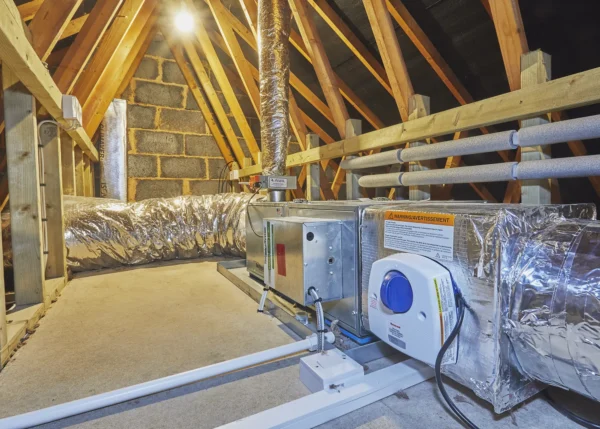

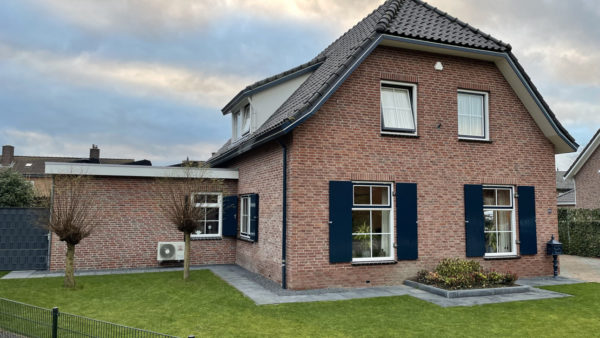

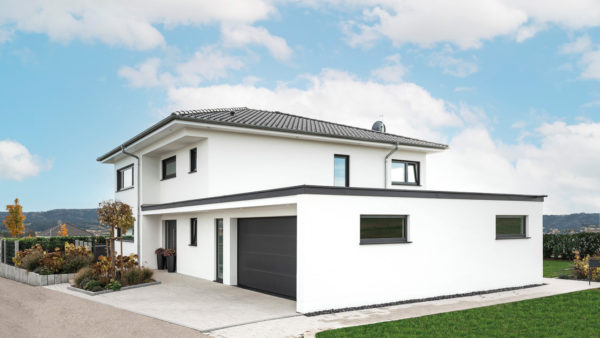




Comments are closed.